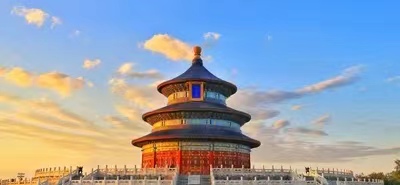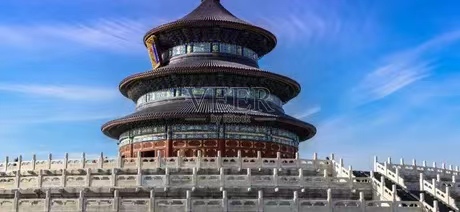Thangka, also known as Tangka, is a painted or embroidered Buddhist banner hung in a monastery or at a family altar. The pictorial subjects of thangkas include portraits of Buddha, stories from the lives of saints and great masters. They are usually rectangular in shape but vary in size, ranging from a little over a few square centimeters to several square meters.
Thangkas were important items of the tent culture of nomadic monastic groups in medieval Tibet. Originating from the principal artistic schools of Western India in the 7th century, a thangka consists of a picture panel which is painted or embroidered, a textile mounting. One or more of the following characteristics make a thangka-as a silk cover, leather corners, wooden dowels at the top and bottom, metal or wooden decorative knobs on the bottom dowel.

Every part of the thangkas’ producing process is done by hand. A large thangka often takes months or even years for artists to make. The material used for thangkas is linen cloth or cotton fabric, while silk cloth is reserved for important subjects. Before painting begins, the material is stitched along the edges with flax thread and stretched on a specially made wooden frame. Then a paste made of animal glue mixed with talcum powder is spread over its surface to block up the holes in it. When the paste is scraped off and the cloth gets thoroughly dried, the material is ready for painting. To begin, the artist works out the sketches of the images with charcoal sticks. The drawing usually begins with the figure in the center and then goes to the surrounding deities or landscape, then coloring comes last.

The pigments used come from non-transparent minerals and plants such as malachite and cinnabar. They are mixed with animal glue and ox bile to make the luster stay. When the painting is done, it is mounted on a brocaded silk border. Some of the thangkas use a great variety of stitch patterns such as flat and piled stitches to give them a three-dimensional effect.
Thangka painting is not simply a decoration, but a religious object and a medium for expressing Buddhist ideals. By meditating on thangka, one can train the mind and gain an understanding of certain types of awareness that a specific image portrays. Other reasons for commissioning a thangka painting may be to bring about good health, prosperity or long life.

For many years, thangkas were not known to the Western world. But with the modernization of Tibet, the paintings have been turning up with increasing frequency in local and international art collection markets. However, nowadays it is rare to find thangkas painted before the Ming Dynasty.
Apart from ancient classic works created in the Tang (618-907) and Qing (1644-1911) Dynasties, modern thangka paintings have also been favored by enthusiasts and collectors both home and abroad. Some works of contemporary artists have great value for collectors because of the painters' consummate skill and innovation of blending modern painting styles or approaches with traditional characteristics. With the development of a new generation of thangka artists, the content of thangka artworks has also been enriched.



